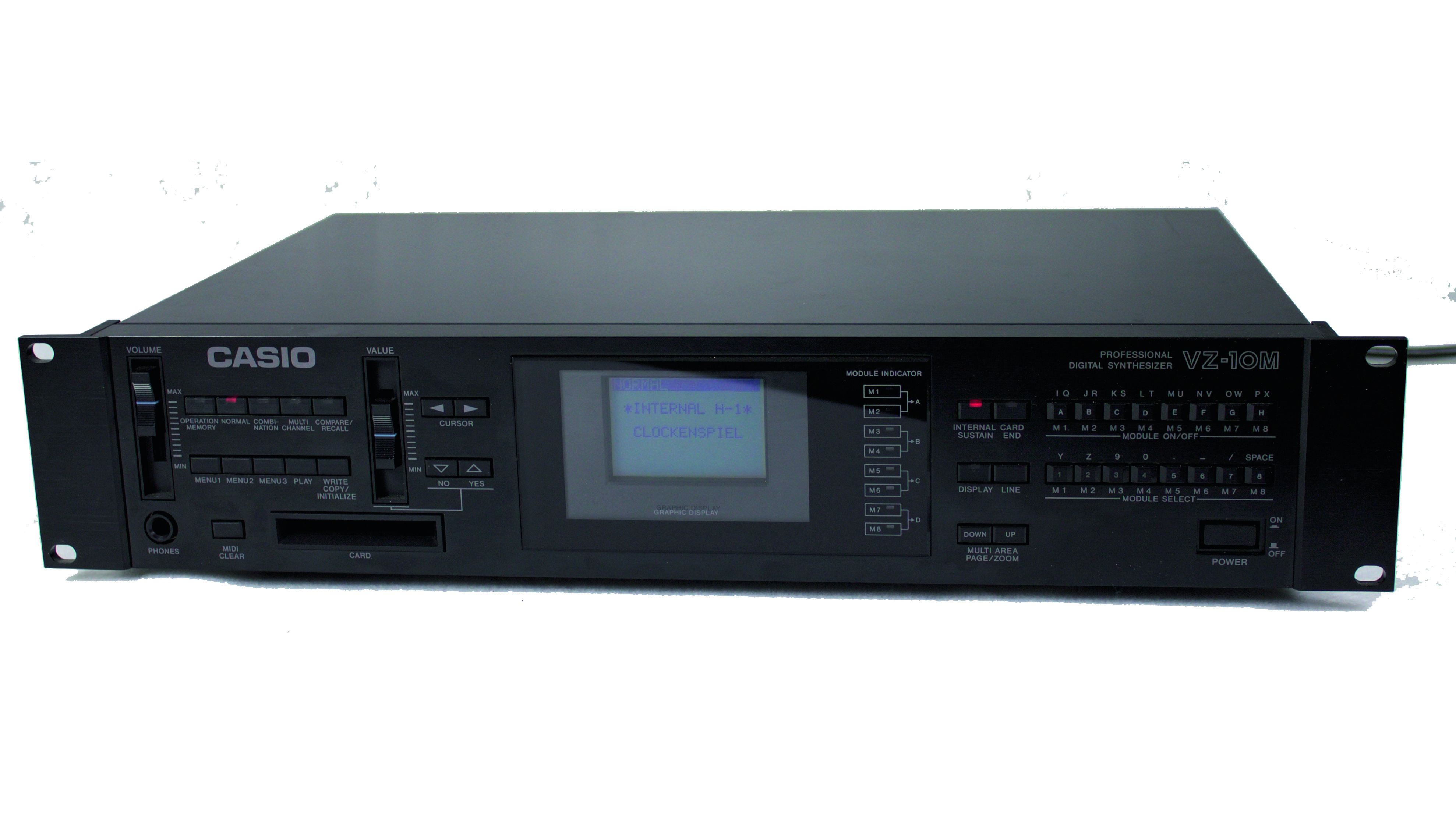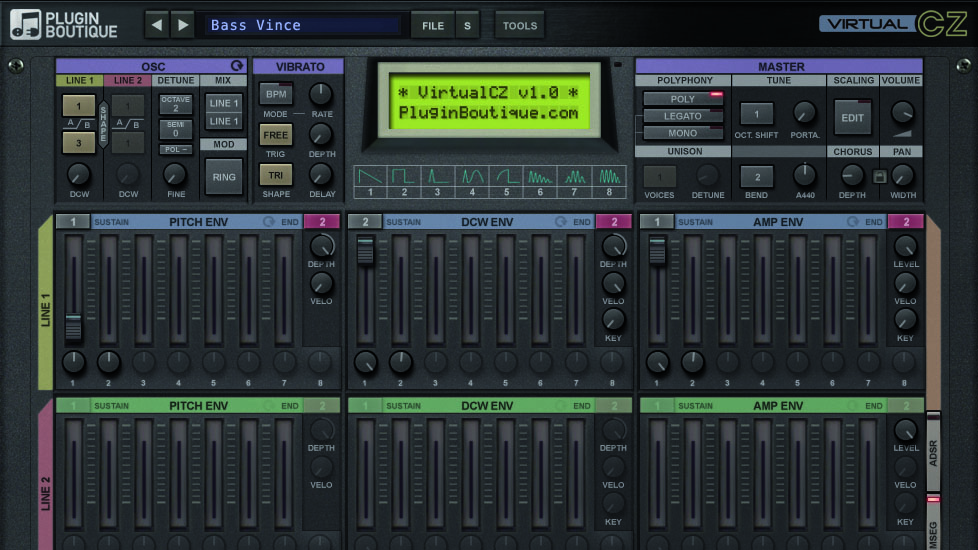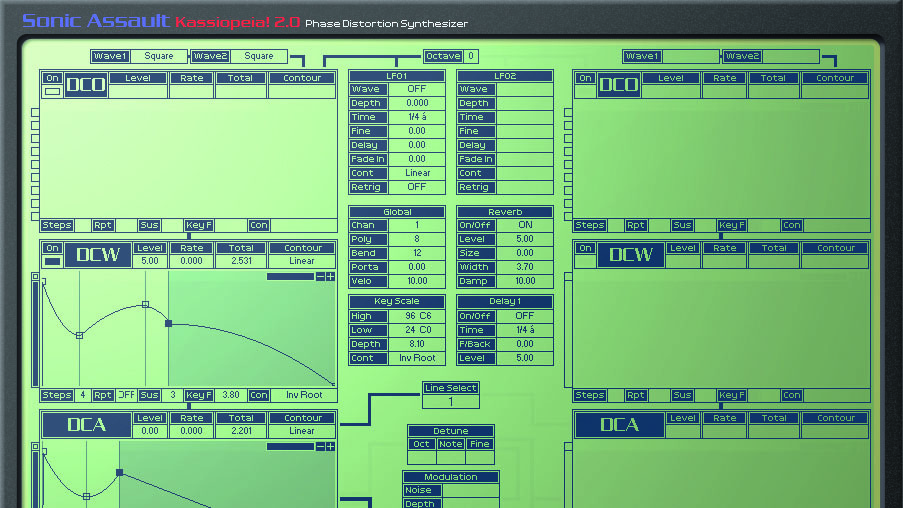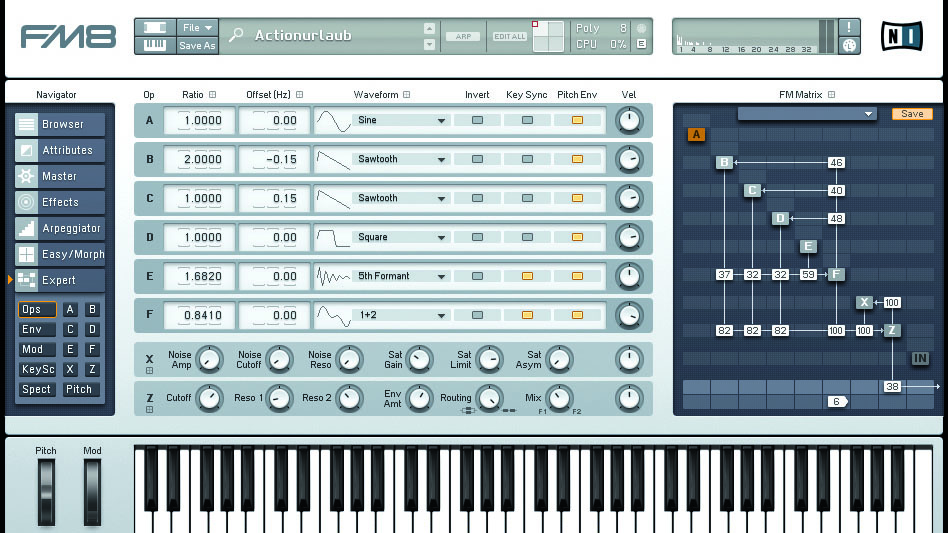Blast from the past: Casio VZ-1 and VZ-10M
The most advanced pro synth Casio made, the digital VZ series would be its last foray into real synthesis for three decades

Thanks to the success of Yamaha’s DX7, '80s musicians were spoiled for digital synthesis options.
Because Yamaha held its FM synthesis licence dearly, other makers were left to sort out other approaches to cash in on the trend.
Most just whipped a few simple digital waveforms through a Curtis filter and slathered the word ‘digital’ in garishly-coloured letters across the instrument’s front panel. Some of them were pretty good, as well.
Casio was a manufacturer of consumer electronics, known to most for its digital watches and calculators, not to mention battery-powered toy keyboards with mini-keys and built-in speakers. It was a surprise when they entered the world of pro musical instruments, even if it was a battery-powered keyboard with mini-keys.
That instrument was the now-legendary CZ-101, a powerful polyphonic synth that offered a reasonable alternative to Yamaha’s FM synthesis with Casio’s own Phase Distortion technology, which Casio wisely presented in a way that would be familiar to synthesists weaned on years of analogue terminology.
Year of manufacture
1988
Original sale value
£1299
Current price
£250 - £350
Number made
Unknown
The CZ-101 was a massive hit, selling in numbers other synth manufacturers could only dream of. In all, the company shifted 70,000 CZ-101s and another 45,000 of its full-sized follow-up, the CZ-1000. Compare that to, say, the paltry 13,000 Minimoogs sold during that instrument’s heyday.
You’d have thought Casio would have been quite pleased with itself, but the fact is that such numbers paled in comparison to that of consumer products, and the company’s interest in the pro music market would be short-lived. Still, it wouldn’t leave the scene without a final volley or two in the form of two thoroughly pro instruments: the FZ-1 sampler and VZ-1 digital synthesiser.
Want all the hottest music and gear news, reviews, deals, features and more, direct to your inbox? Sign up here.
With its full-sized velocity and aftertouch-capable 61-note keyboard, the VZ-1 was never going to be mistaken for a mere plaything. This sentiment was only reinforced by the deep and intimidating take on digital synthesis that lurked beneath its sleek black exterior.
Each of its 16 voices made use of of eight ‘modules’ (arranged in four pairs), capable of producing various digital waveforms wherein one of the pair might modulate the other via ring modulation or phase modulation. That last bit sounds a little like what was actually going on under the hood in Yamaha’s ‘FM’ synths…
Indeed it was, and the VZ-1 (and its rackmounted sibling, the VZ-10M) could produce many of the same sorts of sound that made the DX series so popular: crispy kalimbas, crunchy clavinets and crystalline bells, but also brash basses, brass blasts and all manner of sizzling, screeching mad scientist noises.
Unfortunately, the onboard operating system was nothing short of impenetrable, so users were by and large forced to rely on the presets – which simply couldn’t compare with the many DX-compatible sounds on the market, and certainly not with the realism of the growing number of samplers then in the shops.
Still, for the modern muso, the VZ offers a unique approach to digital timbres and, combined with a capable software editor, its interface’s shortcomings are easily overcome. An interesting and inspiring machine for those willing to put in the effort.
Three great Casio VZ-1 and VZ-10M plugin alternatives

Plugin Boutique VirtualCZ
With so many CZ-101s sold, it’s no surprise that software developers have chosen to clone that digital darling over its more professionally appointed successor. In fact, searching for a full-on VZ emu turns up only a series of dead-ends. Still, this high-quality CZ clone from Oli Larkin is a fine means by which to add some crispy PD tones to your tracks.

Sonic ASSAULT Kassiopeia
With its included phase distortion oscillator, Jeff McClintock’s save-as-VST SynthEdit reintroduced the concept of phase distortion to the plugin users of the 2000s. Almost upon its release, the scene was deluged in CZ-alikes, and Kassiopeia was one of the best. Though it’s a bit long in the tooth by now, it’s still worth a cheeky look.

Native Instruments FM8
The previous two options we’ve given are based on Casio’s CZ series and, as we’ve pointed out, the VZ units were more akin to Yamaha’s FM synths. It’s only reasonable to assume, therefore, that an FM synth might serve as quite a good substitute. For that reason, we’re including Native Instruments’ modern take on FM.


Computer Music magazine is the world’s best selling publication dedicated solely to making great music with your Mac or PC computer. Each issue it brings its lucky readers the best in cutting-edge tutorials, need-to-know, expert software reviews and even all the tools you actually need to make great music today, courtesy of our legendary CM Plugin Suite.
